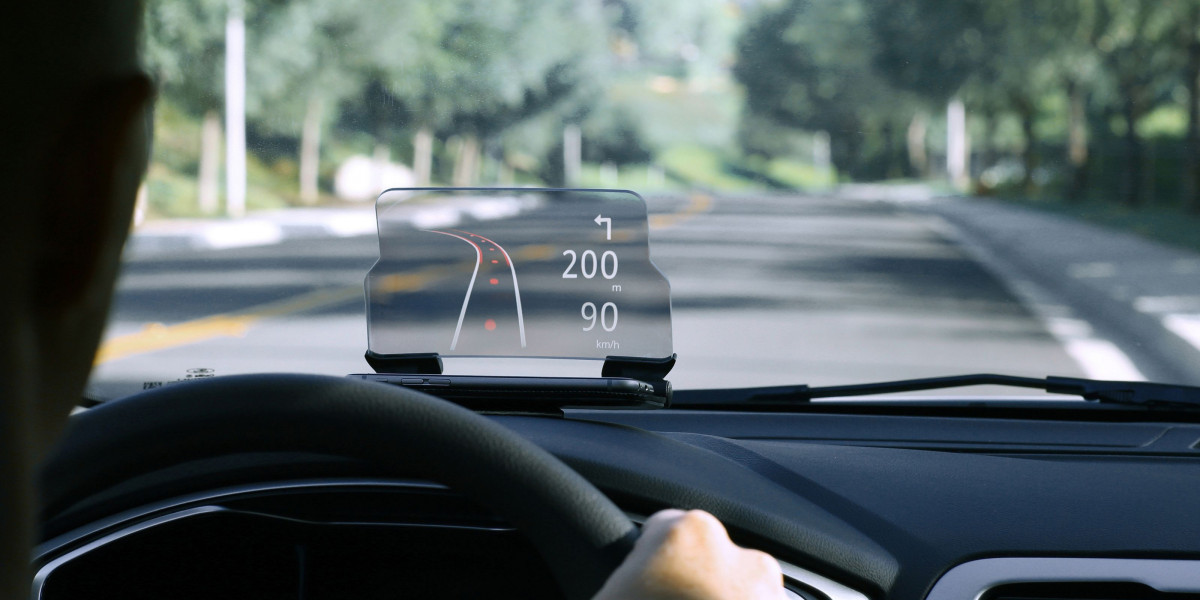Introduction
The Head Up Display market is experiencing a significant surge in demand, particularly within the aviation and automotive sectors. Originally developed for fighter jets, HUDs have evolved into a crucial interface for improving safety, performance, and situational awareness. As technology advances and user expectations rise, HUDs are becoming standard equipment in both cockpits and car dashboards, reshaping the way pilots and drivers interact with data in real time.
HUD in Aviation: A Legacy Technology Reinvented
Enhanced Situational Awareness
In aviation, HUDs have long been used to provide pilots with critical flight data—such as altitude, speed, and navigation—without requiring them to look away from their flight path. Today’s systems are more advanced, incorporating:
Augmented Reality (AR) for runway visualization, terrain mapping, and weather overlays
Synthetic Vision Systems (SVS) for enhanced clarity in low-visibility conditions
Helmet-mounted HUDs for fighter pilots, offering 360° battlefield awareness
These features are not only increasing mission safety and success rates but are also making their way into commercial aviation, especially in next-generation aircraft.
Growing Demand in Commercial Aircraft
As airlines look to enhance pilot performance and reduce errors, HUDs are being integrated into modern aircraft like the Boeing 787 Dreamliner and Airbus A350. HUDs are also becoming a part of Enhanced Flight Vision Systems (EFVS), enabling safe landings even in poor visibility.
Automotive Sector: HUDs Shift from Luxury to Necessity
Driving Safety and Comfort
In the automotive industry, HUDs are transitioning from high-end luxury features to mainstream safety tools, particularly with the rise of electric vehicles (EVs) and Advanced Driver Assistance Systems (ADAS). HUDs project key information like:
Speed and navigation
Lane departure warnings
Collision avoidance alerts
Battery range and energy consumption for EVs
This allows drivers to stay informed without diverting attention from the road, improving overall safety and situational awareness.
AR HUDs and the Future of Driving
Major automakers like BMW, Mercedes-Benz, Hyundai, and Audi are now equipping their vehicles with AR-enabled HUDs, which overlay directional arrows, hazard warnings, and turn-by-turn navigation directly onto the windshield. These features enhance the driver experience and support the transition toward semi-autonomous driving.
Technology Driving Market Growth
Several innovations are accelerating HUD adoption across both sectors:
Miniaturization of optical components
Advancements in waveguide and holographic display technology
AI and IoT integration for real-time, adaptive content
5G connectivity, enabling faster and more reliable data transfer
As these technologies mature, HUD systems are becoming smarter, lighter, and more affordable, making mass deployment feasible.
Market Forecast and Outlook
According to market research, the global HUD market is expected to reach USD 12–15 billion by 2030, with the automotive and aviation industries accounting for the majority of this growth. Key factors contributing to the expansion include:
Rising demand for connected and autonomous vehicles
Enhanced regulatory emphasis on driver and pilot safety
Growth in air travel and commercial fleet modernization
Key Players in the HUD Market
Several companies are leading the way with cutting-edge solutions:
| Company | Focus Area |
|---|---|
| Collins Aerospace | Aviation HUDs and EFVS systems |
| BAE Systems | Military-grade HUDs and helmet systems |
| WayRay | Holographic AR HUDs for automotive |
| Continental AG | Windshield-wide AR HUDs |
| Denso & Nippon Seiki | OEM HUD solutions for cars |
These players are investing heavily in research, product development, and strategic partnerships to maintain a competitive edge.
Conclusion
The surge in Head Up Display market demand in the aviation and automotive sectors marks a new era of innovation in human-machine interaction. As safety, convenience, and data accessibility take center stage, HUDs are emerging as a critical interface that bridges the gap between digital information and real-world action.
From cockpits to car cabins, HUD technology is transforming how we navigate, respond, and interact—with the future pointing toward smarter, more immersive, and more connected experiences.









